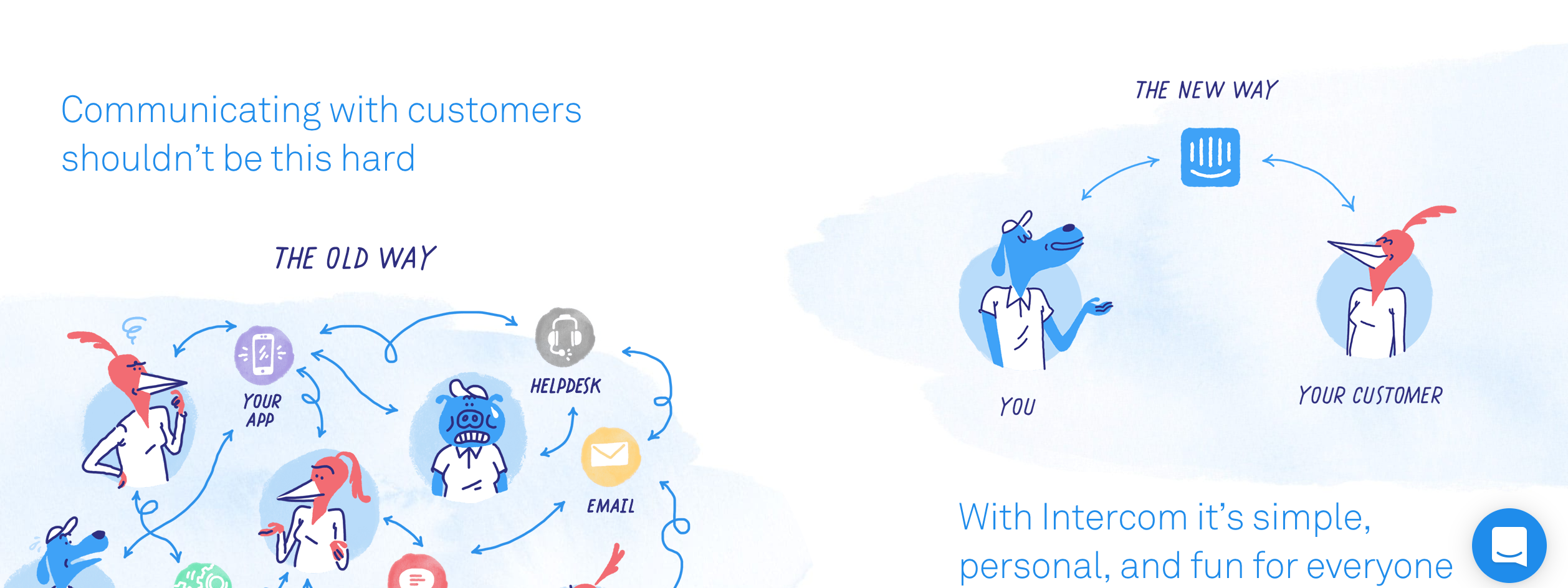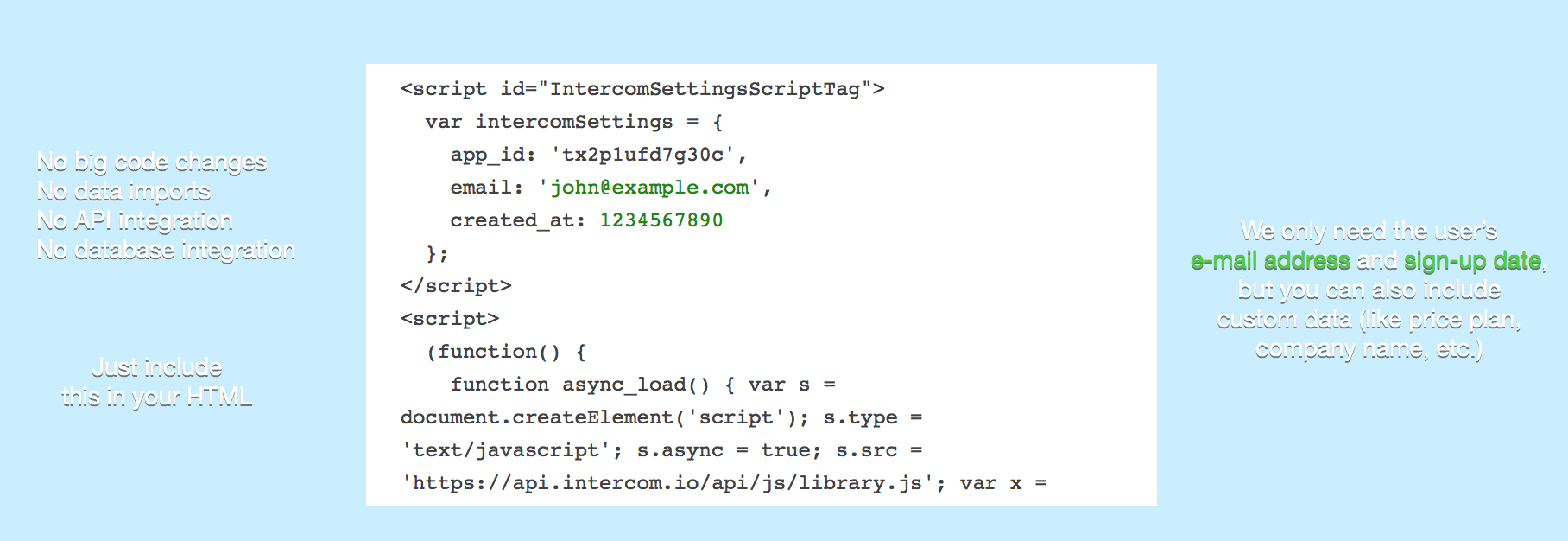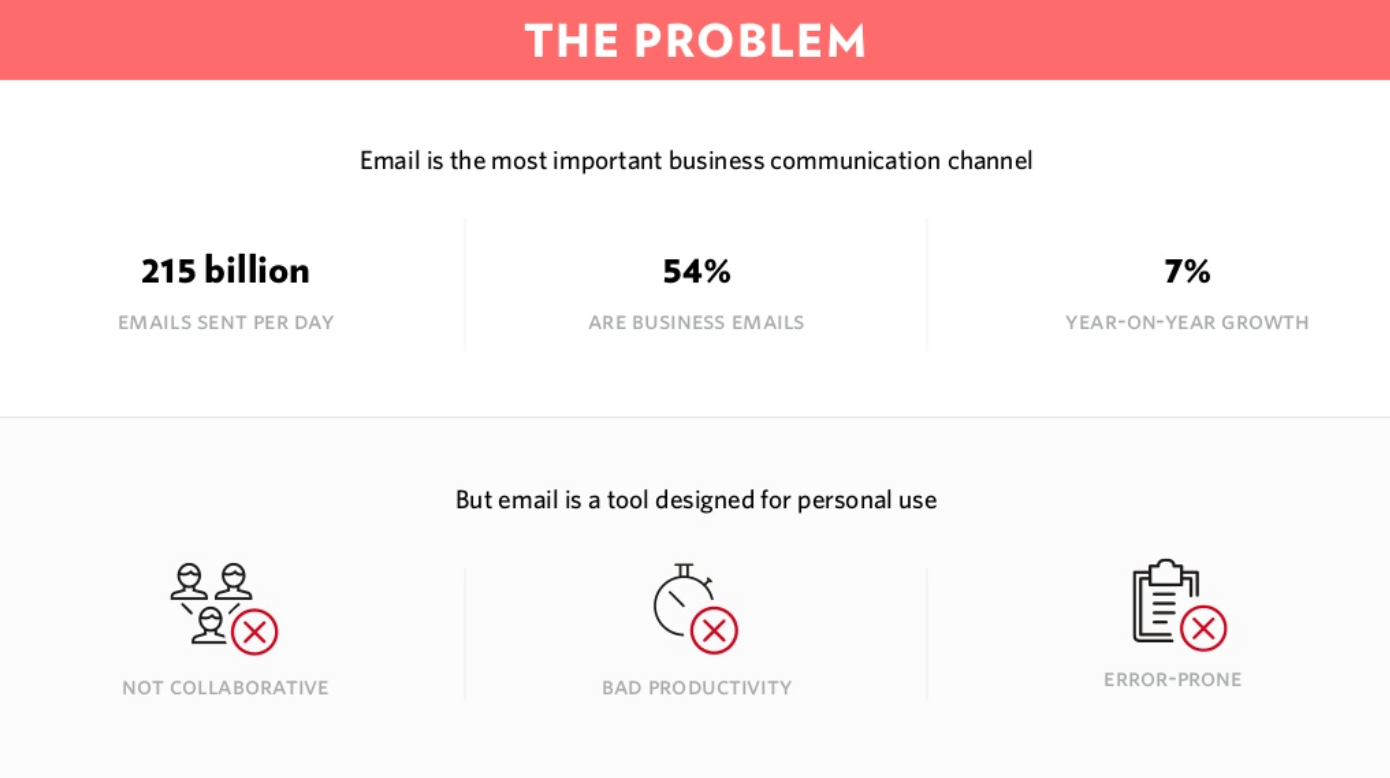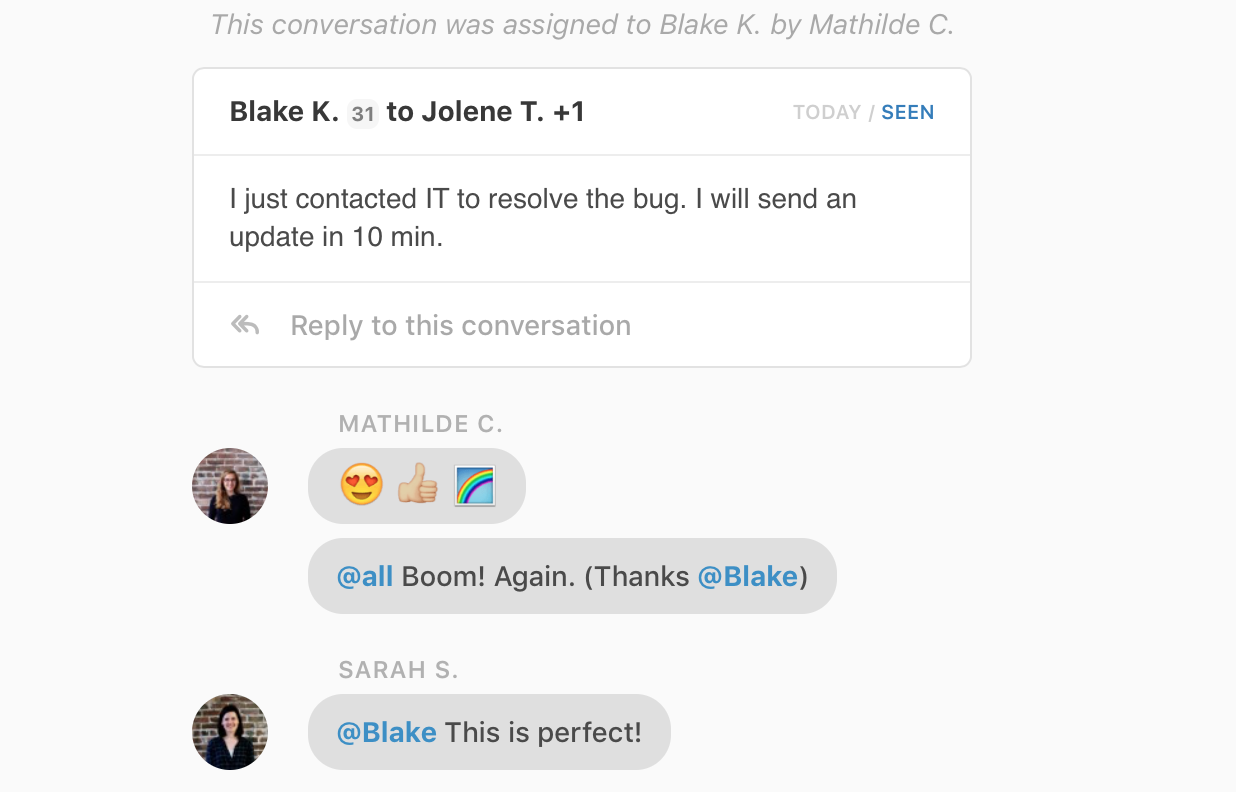Your Startup Isn’t Solving the Right Problem
Google Glass could have been a great product. It had a strong team and the most advanced tech. But, the product was awkward, looked lame, and no one wanted to use it. Even still, those weren’t the fundamental flaws.
The fundamental flaw was that Google Glass wasn’t solving the best possible problem.
Bad problems ruin great products
Many solvable problems exist around a customer’s workflow. But as a startup, you don’t just want to solve any problem; you want to solve the best problem. The best possible problem is different because it sits at the heart of what your customer is trying to accomplish. It’s so necessary for users to solve it that they are willing to take extra steps—to sign up for a new product, pay for a subscription, and learn how to use a new tool.
Google Glass solved a good problem for consumers, but not a the best possible problem. They tried to make the smartphone experience even more mobile, more personal, and more integrated into people’s daily lives. But ultimately, they were solving for an inconvenience, not something that was essential to consumers who use smartphones.
Google Glass might have been the best possible solution if there was a sizable group of users who had a pressing need for a hands-free “smartphone” device, no matter the aesthetic or cost. You can see how this might be applicable to enterprise teams in industries like healthcare and manufacturing, where the need to access information and communicate hands-free is critical given the nature of their work. The Google Glass solution, however, isn’t functional or necessary for most people.
Google Glass had another glaring issue: they didn’t take the user’s personal experience into account when building the product. The design made the glasses awkward to wear in public, which is presumably where consumers would most frequently use them. Consumers want to use mobile tech more easily, inconspicuously, and comfortably—at any time. Google Glass failed to address what consumers really wanted.
When you solve for an inconvenience rather than a bottom-line issue, you’re not getting to the heart of what your customer is really trying to accomplish. It’s possible that you can create a great solution for an inconvenience, but if people don’t care enough about the solution to integrate it into their workflows, it will be a fad at best and a total flop at worst.
When you solve the best possible problem, however, you ensure that you’re digging deep enough to create something essential for users.
How do you know if your problem is the best problem?
Startups need to look at the fundamental causes of problems they are trying to solve, and zero in on those rather than secondary problems. This allows you to build the most helpful product for your market. It also helps you stay competitive in a market saturated with solutions.
There are two ways to determine if your startup is solving the best possible problem:
- You’re making customers’ lives easier. You’re building something that people in your market can’t—or don’t want to—do their jobs without. You have an insight into who your customers are, as well as what they’re trying to accomplish and the problems they face along the way.
- You’re doing it better than other solutions. You’re addressing something that competing solutions don’t do for the market. You have a unique angle on your customer’s situation that helps you see beyond the surface level of the problem to the root of the issue.
We’ll break down how to apply each of these frameworks to your own company to see if you’re solving the best possible problem—and if you’re not, what questions you should ask to get there.
Make customers’ lives easier
The best possible problem to solve lives at the heart of what your customer is trying to accomplish. It’s something that makes their job slower and more difficult. Solving this problem helps you build something they need in order to do their jobs well.
Intercom is a great example of a company that solves not just any problem, but the best problem.
The company started out by building a simple product for a bottom-line issue. In 2011, Intercom identified a problem for startups: communicating with customers was time consuming and difficult, and the available tools were expensive. So they launched their first product: a flat-rate chat service for startups. Today, that’s still the problem they rally around.

Source
What was so great about Intercom’s initial approach to building a great product was their narrow focus. Their product was the best possible solution for startups that were trying to talk to their customers.
To understand the heart of what your customer is trying to accomplish and what fundamental challenges they face, it helps to start with a narrow product focus. This approach enables you to hone in on a unique workflow and specific constraints that shape the fundamental challenges people need to solve in order to be successful.
Intercom saw that bulky customer communication tools built for enterprise companies were too expensive and had too many features that startups didn’t need. Startups’ fundamental problem was simply getting in touch with customers and hearing what they had to say.
Intercom built a really successful product by simply writing a snippet of code that startups could include in their HTML to start talking to customers right away.

Source
Here’s why this worked so well for Intercom:
- They identified a problem that was a fundamental roadblock for startups trying to grow their businesses: having two-way communication with customers.
- Their product was geared toward the specific concerns startups have: getting early customer feedback and supporting their customers.
- They offered simple features at a low price point, getting rid of excess features in favor of a cheaper, more intuitive solution. This eliminated the main roadblocks that typically keep startups from buying a product: price and complexity.
To make sure you’re solving the best possible problem for your customers, you have to know exactly what they’re trying to do.
Ask these questions to get started:
- What outcome does our user want with this product?
- What makes our product strong enough that people might be willing to take a sales call/ sign up for a trial/ pay a premium to use it?
- Why might a consumer stop using a competitor’s product and choose ours to get the job done instead?
- What would stop a user from buying our product? How would they solve their problem instead?
Pay close attention if you have users who can’t identify a specific problem they want to solve, or who wouldn’t try to solve a problem they have in another way if they left your product. It might be indicative that you’re not solving the best possible problem for your audience. From here, you can either look for people who are more motivated to solve the problem you’ve pinpointed and shift your market, or you can uncover a more painful problem for the market you originally intended to sell to.
Do it better than other solutions
When you hit on the best possible problem, you may realize you’re not the only one trying to solve it.
The SaaS market is saturated with products positioned as “solutions.” But you can build a competitive and successful tool in this space by digging beyond the surface-level problem that others are solving to the more fundamental problem. That root issue can be your unique angle in the market.
Let’s take Front, for example.
Front is a shared inbox software tool that’s growing like crazy in the saturated email space. They are solving the best possible problem for companies who use email (which is basically everyone): it is a time-consuming and disorganized way to communicate both internally and externally.
A lot of other companies attempt to solve the problem of email at work, but they don’t dig deep enough into the root of the issue. Companies like Zendesk, HelpScout, and Salesforce try to incorporate email into support or sales to make it more streamlined, but it doesn’t change that it’s difficult and time consuming for many team members to work together via email.
In their Series A deck, Front spelled out the problem as they saw it: email is used for work but it’s not collaborative, it’s unproductive, and it’s easy to make errors.

Source
Here’s why Front has been so successful early on in a very competitive space filled with email clients:
- They didn’t look to improve email features that already existed. Instead, they added completely new ones like internal threads around emails, @mentioning team members, and assigning email conversations to others.
- They addressed what was really frustrating to customers about email: the lack of transparency and the inability to delegate. These got at more fundamental problems with team communication.
- They created something that functioned so differently than other email clients that people claimed they wouldn’t go back to Gmail—a free tool—if someone paid them. In short, they monetized the fundamental problem.

Source
Front hit upon these bottom-line problems by thinking broadly. They wanted to improve people’s work lives on a large scale, so they identified one of the tools that people use the most and struggle with the most: email.
They considered the frustrating experiences people had using other tools—like 20 people logging in to one shared “contact@” account and using tags and stars to keep track of multiple workflows. Then they broke things down into to figure out what people were fundamentally trying to do: collaborate, share, and delegate efficiently.
One great way to evaluate your angle in a competitive space—or look for a better one—is to find out what customers think about their experience using a competitor’s product.
Get started by asking:
- What other solutions are potential customers using?
- What frustrates a competitor’s customers about their product?
- What do my customers want that competitors can’t do or are unwilling to do?
- Is there a deeper problem to be solved beyond the problem we think we’re solving?
There may be many companies attempting to solve the best possible problem, but their solutions may not address the foundational issue. Your ability to identify and build a solution for the foundational issue can be your unique (and winning) angle in a competitive space.
You can’t afford to solve a bad problem
Evaluating your problem with these frameworks may change the way you think about your product and building process. But it’s worth taking the time and effort to shift your perspective.
When you don’t solve the best possible problem, your product isn’t necessary to users and it doesn’t stand out from other products vying for attention. Aligning your product with your user’s most fundamental problem early sets you on the right track to create a genuinely useful and competitive product.
Here’s a rundown of some first steps you can take to figure out if your product is solving the best possible problem for your customers:
- Start interviewing customers or your potential market to find out what their real pain points are. Even if you just have a few customers, start asking them what they’re trying to accomplish with your product. Ask them how they were solving the problem previously. You’ll find that many people are willing to talk about their experiences. You could also email out a simple, open-ended survey and provide an incentive for responses.
- Get feedback on an early beta. It really doesn’t matter if it’s shitty or buggy or if you’d be embarrassed to show it to a team of engineers. It’s much better to hear if customers like the idea and the problem it solves now, rather than to spend months or years writing flawless code only to realize no one wants your weird help-desk flute. You can always work to make the product better later.
- Read blogs, forums, and reviews to find out how customers talk about a solution. Customers may already have their own ideas about what they’re looking for. Read sources like Product Hunt, Hacker News, and Reddit to see what people have to say about products they’re currently using. This will help you get a sense of what you have to build, and how best to describe it to people.
Adjusting your focus and zeroing in on what’s really important will help you in the earliest stages. But it will also build good habits so that you can continue to iterate and stay competitive. Build your startup around the best possible problem, and in time, you’ll build a loyal, satisfied user base.
